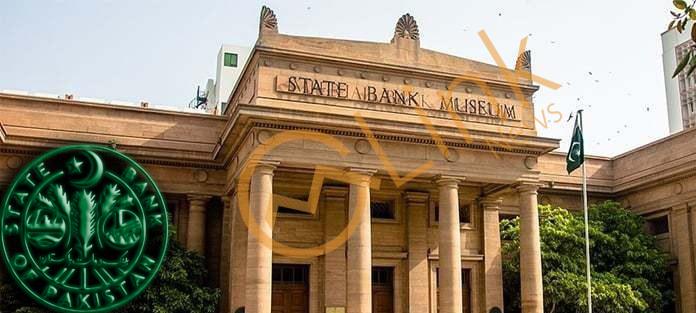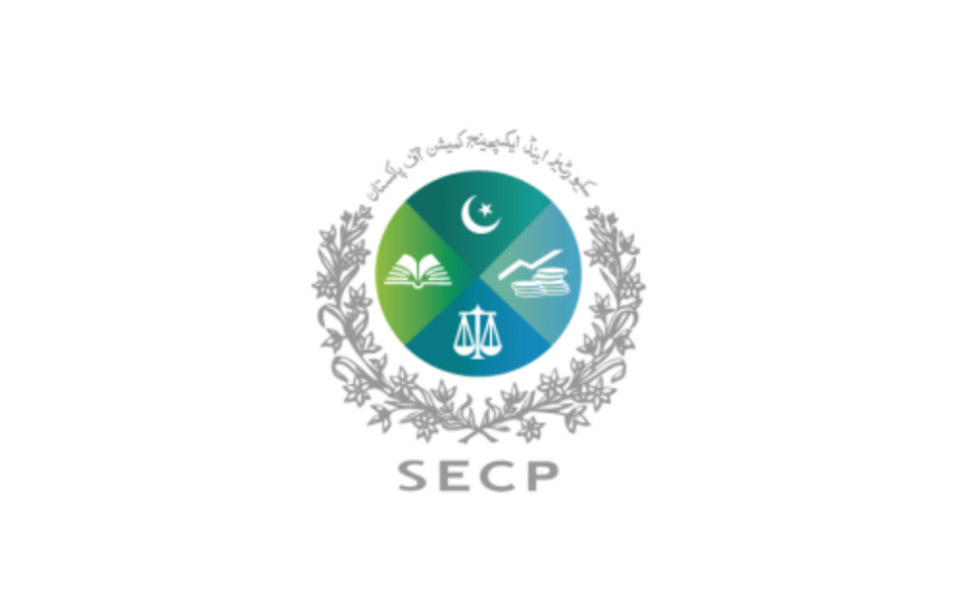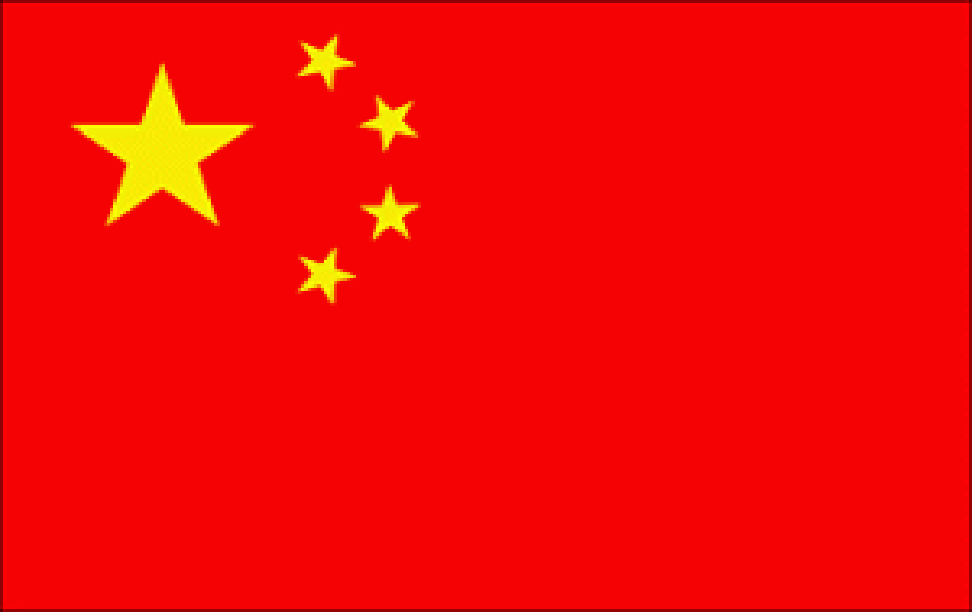July 01, 2020 (MLN): The Fiscal Year 2019-20 did very little to turn around the fate of the KSE-100 index which, despite being a lot better than the year prior to it, fell flat on its face with meagre gains. Subsequently, the benchmark index gained around 520 points during the year and concluded at 34,421-mark, i.e. nearly 1.53% higher than the closing of the previous year.
To say that the index witnessed a roller-coaster ride would be a cliché but looking at the overall trend followed by the index throughout the year, one cannot help but believe it. The year started on a highly dismal note as investors were still not coming out of their panic zones and taking a chance on local markets.
However, the game changed when the International Monetary Fund (IMF) approved $6 billion loan package for Pakistan around the same time. While the index did benefit to some extent, this positivity proved only momentary as Government soon after decided to set an aggressive tax collection target of Rs 5.5 trillion, despite worsening economic conditions of the country.
The next few months provided some respite to the capital markets as the country witnessed improvement in several economic indicators, including a decline in current account deficit and stability in the exchange rate. Moreover, mounting tensions with the neighboring country proved to be harmless for the benchmark index, as the latter continued to rise on the back of improving economic setting. Moreover, due to the change of base years for CPI, there was a substantial movement in the inflation figures for August, which further boosted market activity.
The starting of the second half proved to be much more relieving, as the index not only followed an upward trajectory but also touched a yearly high. Several economic factors, such as inflow of foreign funds via investment in T-bills, stability in PKR-USD exchange rate, curtailment of Current Account Deficit, and enhancement in SBP’s foreign reserves, helped index reach an altitude of over 43,000 points.
The mounting tension between the United States and Iran, after the former assassinated a top Iranian official, had dented the well-being of the index temporarily, as it was seen as an opportunity by investors to indulge in profit-taking. The situation worsened after Iran launched missile attacks on US targets in Iraq in retaliation to the killing of its top general. While this entire political turmoil generated uncertainty on the trading floors, the situation quickly recuperated after the US announced that it had no plans to further escalate the tensions.
The month of February was host to several hostile news for the domestic Stock market, which shifted investors into a frenzy mode. Multiple factors such as hotter than expected CPI readings for January and delays in the conclusion of the second IMF review dented investors’ confidence.
All in all, the first eight to nine months of the year helped the index secure a spot above the 40,000-mark. However, the month of March was a turning point for the stock markets not just in Pakistan but across the globe, courtesy of COVID-19. A selling stampede in global equity markets was observed as the epidemic Coronavirus dispersed rapidly beyond its epicenter in China, reaching to other Asian Countries including Pakistan further exacerbated negativity and havoc, triggering the selling pressure in the domestic markets.
The arrival of the COVID-19 into Pakistan very easily spilled waters on all the efforts and hardships by the Government to revive the economy. Several attempts by the authorities to rebuild the confidence of investors, such as the announcement of Rs. 1 trillion stimulus packages and the curtailment in Policy Rates by the State Bank of Pakistan four times, helped in providing respite to the faltering stock markets to only some extent. To keep the economy going, the government even allowed several companies and industries across the country to resume their operations, given that all necessary precautions and safety measures were in place.
In addition to the spread of Coronavirus in Pakistan, the deterioration in large scale manufacturing index on account of low demand, increase in yields of government securities, concerns over fiscal recovery due to considerable revenue shortfall and the vagueness over FATF meeting to ascertain Pakistan’s status also shattered market sentiments, which further resulted in investors choosing to remain on the side-lines.
The last two months were quite happening for the index for a whole lot of reasons. The decision by the government to lift the lockdown in order to keep the economy at its feet did not work much in favor of the stock markets. Following this futile decision, the country saw an extremely drastic increase in the number of COVID-19 cases, which ultimately secured Pakistan 12th position globally in terms of the highest cases.
Another prominent factor was the announcement of highly anticipated Federal Budget for the Fiscal Year 2021, which mainly focused on mulling tax reliefs. Not only did it fail to excite the nation, but also turned out to be unsuccessful in soliciting investment and driving the index up.
Finally, four heavily armed terrorists attempted to enter Pakistan Stock Exchange premises on the morning of June 29, 2020, but were thankfully stopped from entering the premises and killed by the security forces, which resulted in the situation being brought under control within 12 minutes only. Surprisingly, this event had no impact whatsoever on the stock markets, which closed on a highly endearing note the same day.
During the period under review, most of the points were brought in by the Fertilizer sector (+973), Cement (+834), Pharmaceuticals (+440) and, Technology and Communication sector (+309), whereas the sectors that snatched the most points included Commercial Banks (-1,276), E&P (-649), Tobacco (-362) and Power Generation sector (-338).
To be specific, the scrips of PPL (-454), BAHL (-354), UBL (-340), PAKT (-242) and, OGDC (-213) accounted for the most points lost during the month, while the shares of FFC (+517), ENGRO (+356), LUCK (+252), MARI (+193), and DAWH (+185) turned out to be the most desirable ones.
During the year, foreign investors observed net selling worth $284.8 million, with Foreign Corporates doing the maximum selling at $305.9 million. On the local front, significant net buying of $213.2 million was observed amongst Individual Investors, followed by Insurance Companies and Local Companies that bought securities worth $127.6 million and $26.8 million, respectively. On the other hand, Banks/DFIs and Mutual funds sector sold securities worth $55.4 million and $50.2 million, respectively.
The KSE All Share Market Cap declined by $4.17 billion, from $43.03 billion to $38.8 billion, demonstrating a decline of 9.7%. Moreover, 59 companies ended their yearly run in the green, whereas 48 ended up in the red district.
Copyright Mettis Link News
35546








